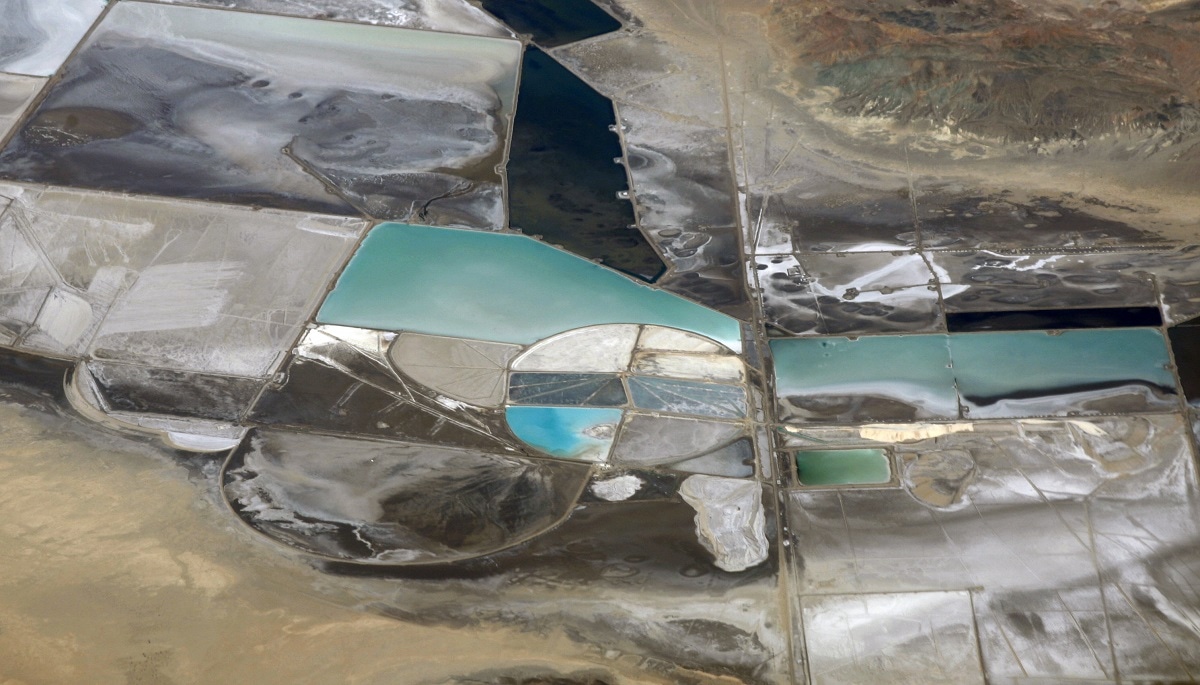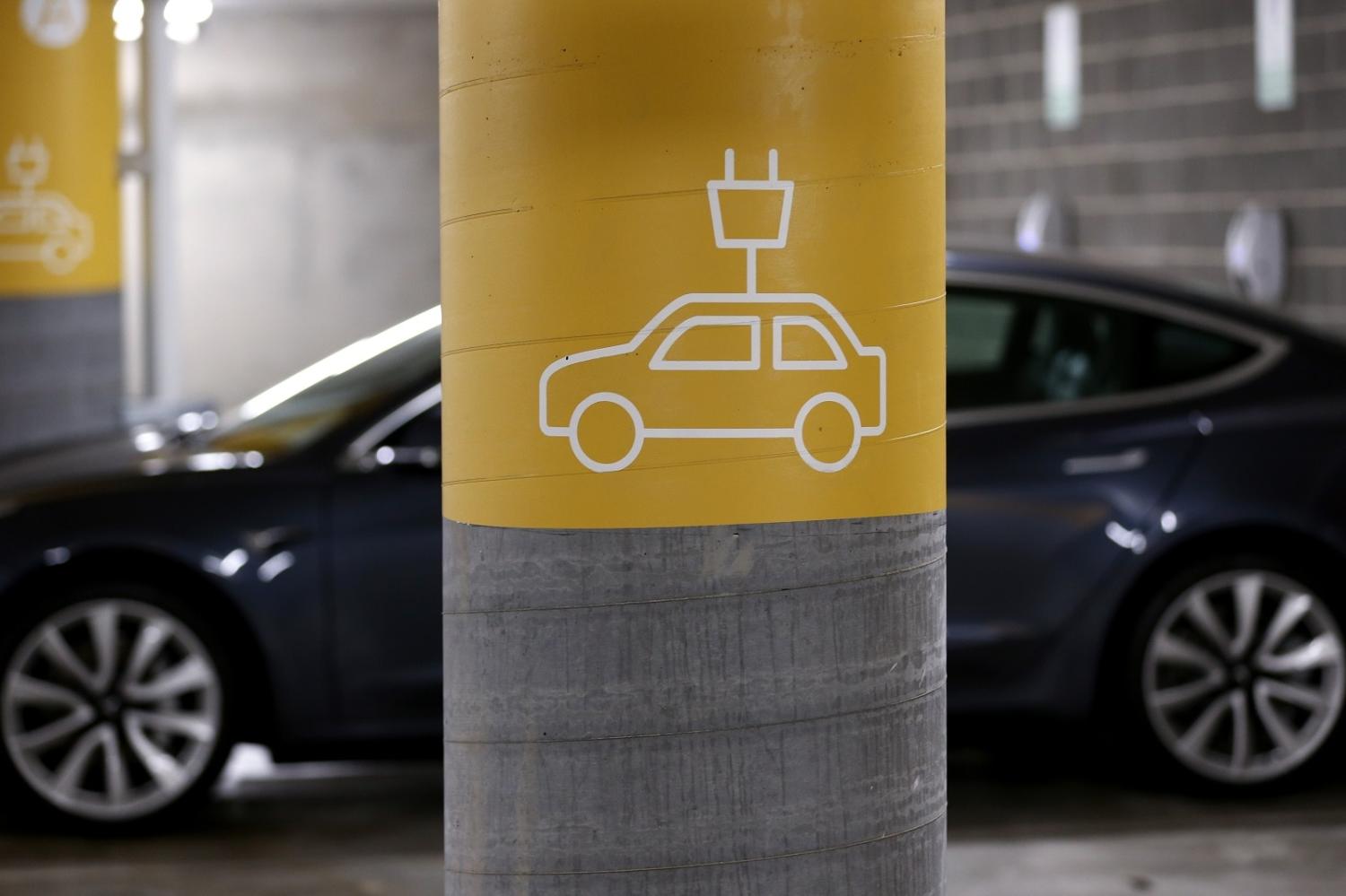The current global energy crisis has shown how interdependent the world’s energy markets are, with Russia’s invasion of Ukraine causing widespread fuel shortages and sky-rocketing prices. While this is not the first time geopolitical conflict has created such a scenario, today there is growing political momentum to shift to renewable energy and reduce reliance on fossil fuel imports, thereby reducing emissions and improving energy security.
While reliance on fossil fuel imports concentrated in a few places has resulted in global energy crises throughout history, dependence on the minerals underpinning renewable technologies concentrated in a few places may risk similar outcomes. To avoid international trade tensions, an important consideration in the global energy transition will be the careful management of the supply chains on which renewable energy technology relies.
Lithium is a mineral of particular concern as its expected demand could exceed supply reserves by as much as 250 per cent in a 2050 net zero emissions future. Lithium is used in both stationary and mobile transport storage technologies. It is projected that demand for utility scale lithium-ion battery capacity will jump from 7 GW in 2020 to 183 GW by 2030. In the transport sector, lithium-ion batteries are especially needed for electric vehicles (EVs) as their ease of mobility makes them difficult to substitute, unlike the diverse types of utility-scale storage technologies.
Up to 20 countries have announced phase-out bans on internal combustion engine car sales over the next 10–30 years in an effort to accelerate the uptake of EVs. Most EV policies are focused on increasing sales by reducing the price gap with conventional vehicles, for example through fiscal incentives such as purchase subsidies or registration tax rebates.
While policies that focus on making EVs price competitive are certainly needed, little attention is currently paid to supply chain risks and exhausting global lithium reserves, which may lead to international tensions over unequal control of supply.

The International Energy Agency forecasts that under a net zero emissions 2050 scenario, 300 million cars will need to be electric by 2030. With 22 million metric tonnes of global lithium reserves and a single EV requiring an estimated eight kilograms of lithium, global lithium reserves may be exhausted by 2030 for EV use alone.
Not only the limited volume but the limited concentration of reserves pose supply chain risks for manufacturers and governments. Chile has 47 per cent of lithium reserves, followed by Australia with 17 per cent. While Australia accounts for the largest share of global lithium production at 40 per cent, the majority is shipped to China for processing and the largest lithium mine in Western Australia, Greenbushes, is majority owned by Chinese company Tianqi Lithium Corporation. China currently controls the majority of the lithium-ion supply chain for EVs. The limited concentration and control of lithium reserves pose a risk of unequal international supply and trade tensions. The European Battery Alliance has identified this risk and is aiming to create a self-sufficient battery industry in the European Union by 2030.
Given the limited concentration of supply and rapidly growing demand for lithium, exploration for new supply is already expanding. New hard rock lithium operations are taking place across the world, including in Australia, Canada, China and Finland, and new salt brine lithium operations are occurring in countries such as Chile, Argentina and the United States.
As lithium exploration grows, the quality of lithium may decline over time as extraction is shifted to lower grade reserves. Responsible sourcing and certification are becoming growing concerns among many voluntary and industry-led environmental stewardship initiatives. Transparency across the supply chain will be an increasing international policy challenge.
With these challenges in mind, it will be crucial for governments to consider strategic deployment of lithium where it is most needed. As lithium has diverse end uses, it is important that it is prioritised in sectors where it is not easily substitutable. For example, policy support for alternative utility-scale battery technologies may encourage more lithium to be diverted from stationary to mobile energy storage where it is less substitutable.
Another key consideration in EV policy development will be the need for lithium-ion battery recycling. Unlike the recycling of bulk materials such as steel, aluminium and copper used in wind turbines, current lithium recycling infrastructure is underdeveloped as there is not yet a large volume of EVs that have reached the end of their typical 15-year life. Lower value metals in wind turbines can rely on existing scrap metal recycling methods, while lithium requires complex separation from other metals using expensive organic reagents for solvent extraction.
Government funding or mandates that support lithium recycling at both the point of battery production and end-of-life may reduce costs. For example, the European Union is considering new regulatory frameworks that take into account the entire battery life cycle. Tougher recycling mandates have incentivised initiatives such as the EV recycling consortium between Renault, Veolia and Solvay.
While Australia has abundant lithium reserves, it will be critical to ensure that lithium is deployed strategically and in line with the long-term needs of different sectors to reach net zero emissions by 2050.

